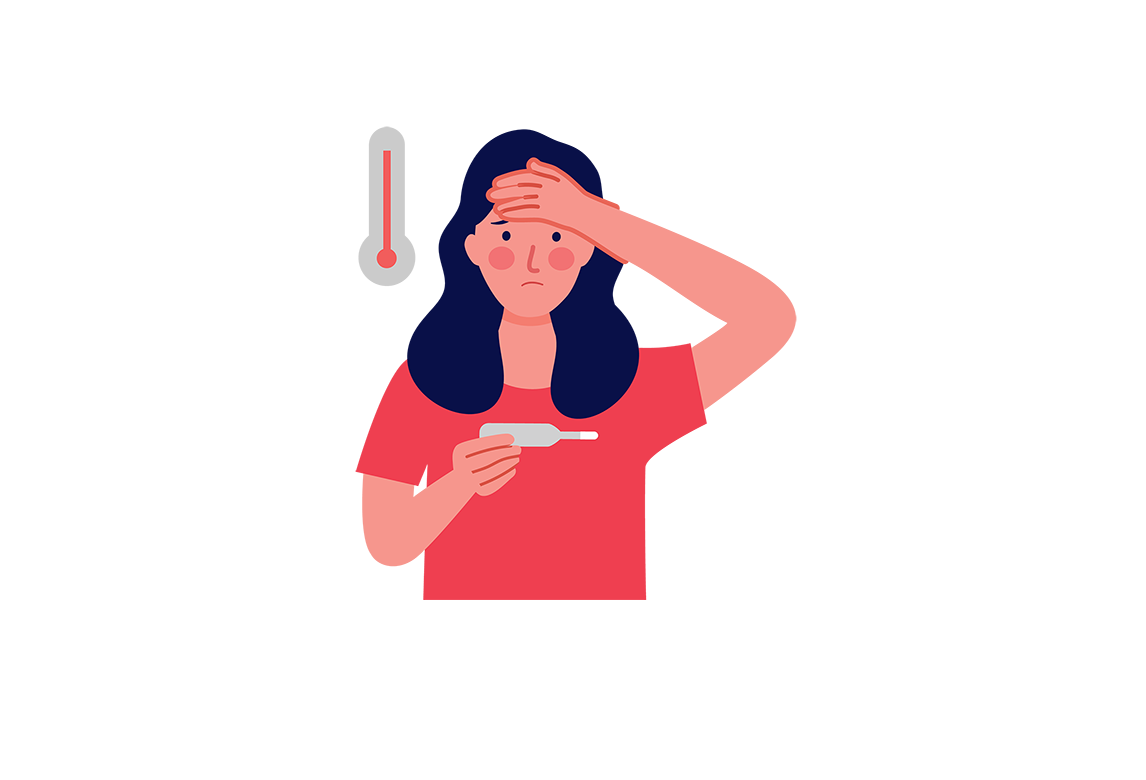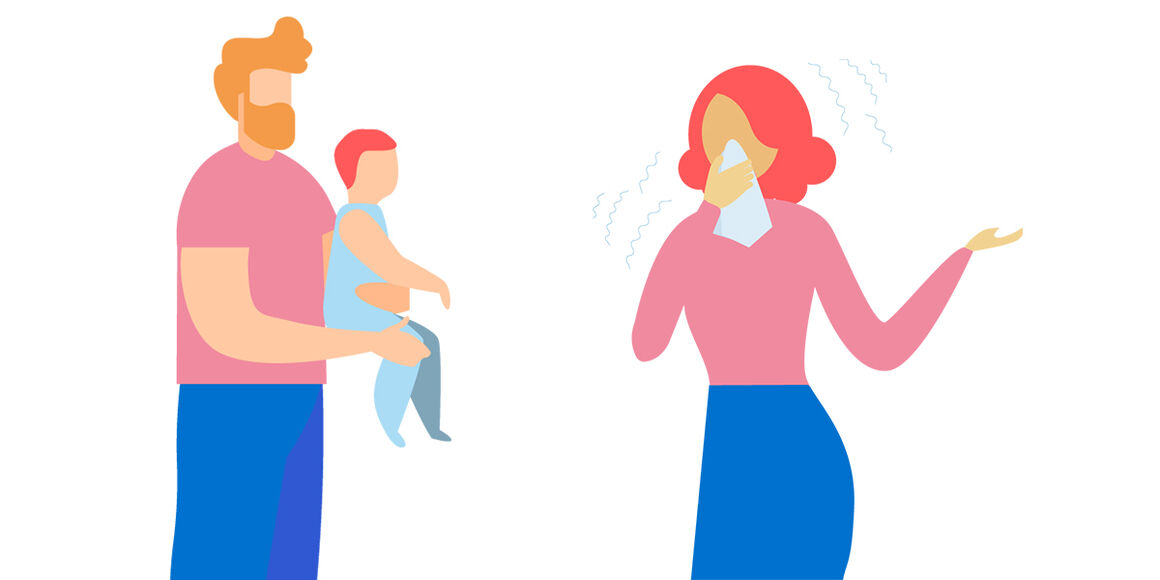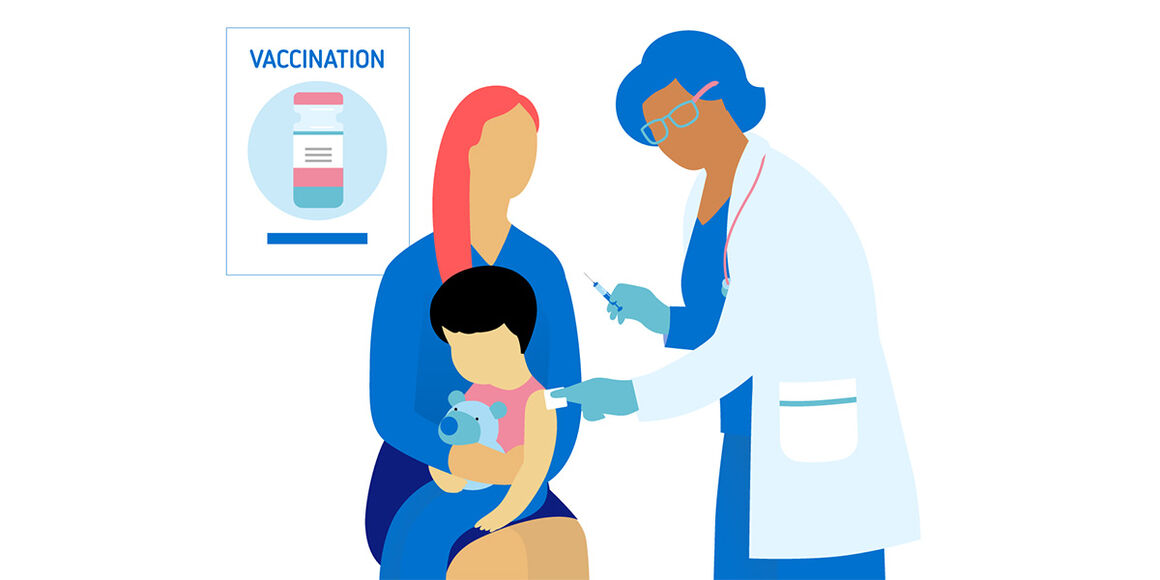Diphtheria
What is diphtheria?
Diphtheria is a serious disease caused by Corynebacterium diphtheriae bacteria (in some cases also by Corynebacterium ulcerans) that colonise the mucous membranes in the throat and upper airways and can produce a toxin affecting other organs.

What are the symptoms of diphtheria?
People infected with diphtheria bacteria may or may not develop symptoms, but they carry the bacteria and are able to infect others.
-
Most people with diphtheria will have a respiratory tract infection, with a sore throat and low-grade fever in the first few days of the illness. Mild cases of the illness will not develop further symptoms.
-
If the disease is more severe, a dense membrane will develop. The membrane could be local—for example, just on the tonsils or pharynx—or could cover a wide area of the patient’s respiratory tract. More severe cases can develop a swollen ‘bull’s neck’ appearance.
-
Diphtheria can cause lesions to appear on the skin that form ulcers covered in a grey membrane that do not heal. These are more common among people who are poor, homeless or drug users.
What are the complications for diphtheria?
Even with treatment, about 1 in 10 patients with respiratory diphtheria die. The most common cause of death by diphtheria is heart problems. Diphtheria can also cause toxins to be released into the circulatory system and tissue. This can cause extensive organ damage. Complications affecting the heart and neurological complications, such as paralysis, can also develop.

How is diphtheria spread?
Diphtheria is spread by droplets from the respiratory tract of an infected person—particularly by coughing or sneezing. If the disease affects the skin, it can be spread by contact with wounds or lesions of an infected person.
People who have untreated diphtheria can be infectious for up to four weeks and people carrying the bacteria can be infectious for longer, even if they have no symptoms.
The form of the disease affecting the skin is mostly seen among people who are poor, homeless or drug users. Risk factors for infection also include travel, close contact with cattle, and eating raw dairy products.
Who is at risk of diphtheria?
People who are unvaccinated and have been in close contact with someone infected are at risk of diphtheria infection.

How can diphtheria be prevented?
An effective vaccine against diphtheria is available and mass vaccination has drastically reduced the number of cases in Europe and globally. Vaccination against diphtheria is part of routine immunisation programmes, and the vaccine is given in combination with vaccines against other diseases. However, diphtheria case numbers may increase again if vaccination coverage declines.
How is diphtheria treated?
Diphtheria can be treated with antitoxin and antibiotics. Those living together with someone with diphtheria may be given a preventative course of antibiotics.
